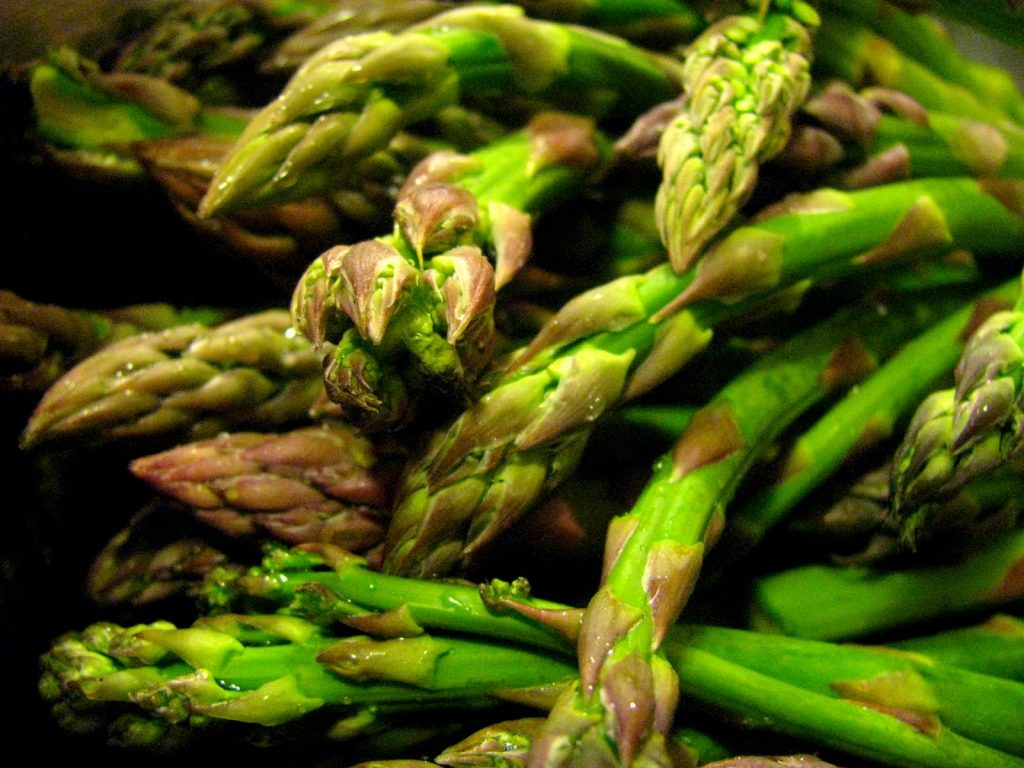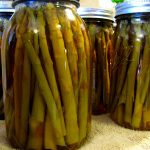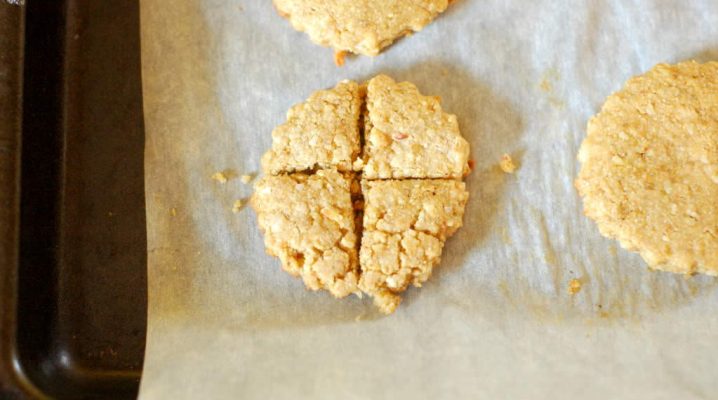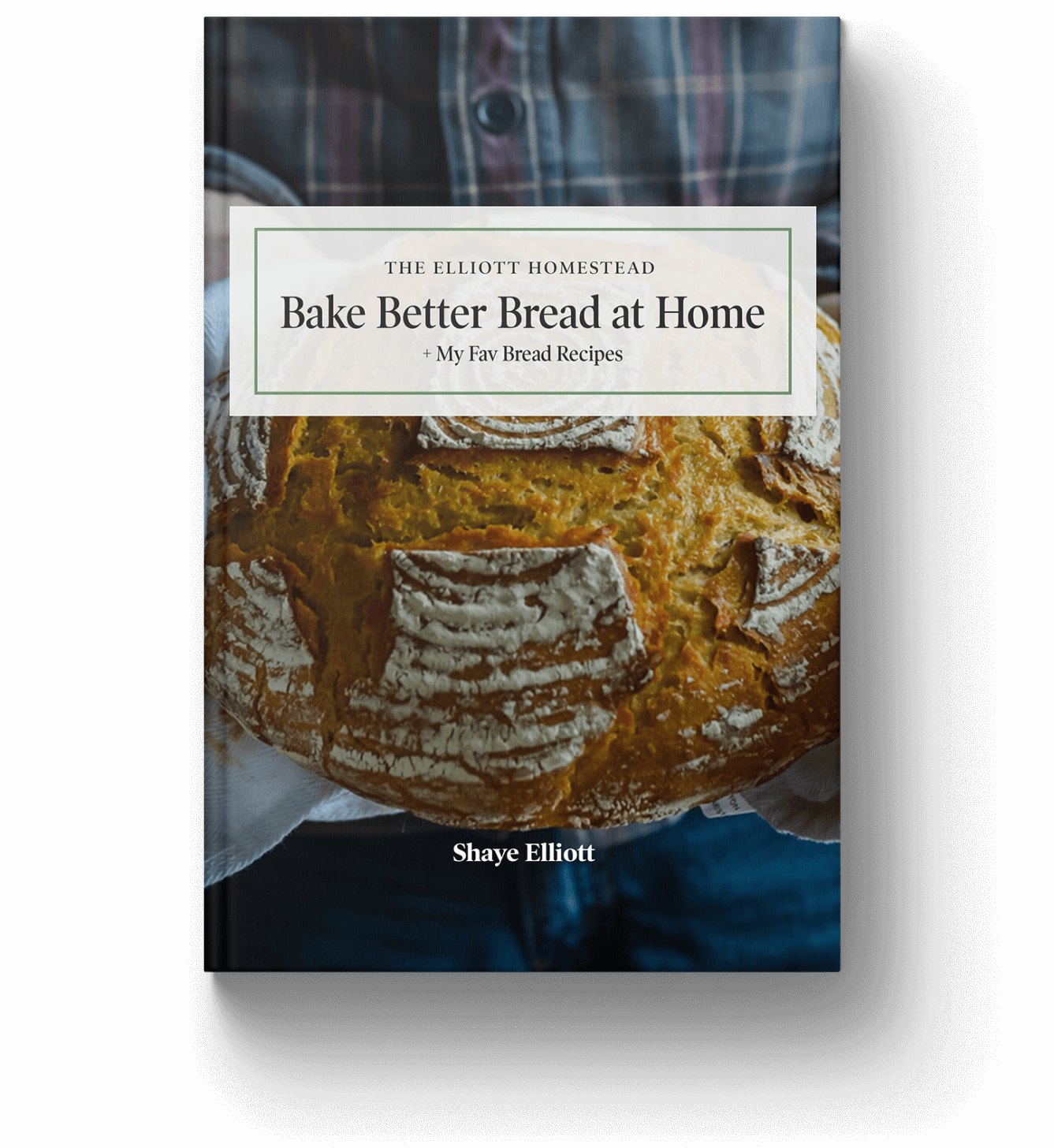This weekend, the rubber met the road.
All the anticipation of spring finally came to pass and I was able to begin my annual ritual.
What ritual, you ask?
The ritual of stocking up for winter like a squirrel.
Spring and summer time bring with them the task of preserving their beautiful harvest so that we can enjoy it's deliciousness through the winter. Even though I do not aspire to grow all our food, eventually I would like enough land to produce the majority of it. Meat. Fruit. Vegetables. Honey.
And eventually, with God's grace, I will.
But until then, I must take full advantage of all the goods he has given us already this year. While most vegetables have yet to make their appearance, asparagus is in full force. And while pickled asparagus isn't exactly on the nutrient-dense list, it's still an enjoyable taste of freshness through the winter. While I was hoping to find some wild asparagus that we could harvest for free, my Mom and I ended up buying it from a local grower this year for $1.99/lb. Not great (ie: free), but not horrible either. So that's that.

Pickled Asapargus
Step One: Wash and snap the tough ends off each asparagus stalk.
Step Two: Process/sanitize your canning jars and set them out on a towel.
Step Three: Prepare your brine by boiling equal parts white vinegar and water. Keep this warm while you proceed with the next steps.
Step Four: Into each sanitzed canning jar, put a generous pinch of dill, 1/2 tsp. pickling salt, a generous pinch of mustard seeds, and a pinch of red pepper flakes. Honestly, it doesn't have to be exact. It's just pickles, people!
Step Five: Gently stuff the jars with the asparagus stalks, breaking more off the bottom of any that are too tall for the jar.
Step Six: After you have placed the asparagus in the jars, fill each jar to the top with your brine. Wipe off the edge and place the lid (santized and warm) on.
Step Seven: Process the jars in a water canner for 15 minutes. Remove and let cool. Make sure each jar has sealed!
Ta-Da! Look at you go!
Mom and I put up 15 quarts in a little less than two hours (the majority of the time was spent standing around waiting for the danged water to boil!) If you are new to canning, pickling is a great way to start. It's very forgiving and an easy way to preserve veggies (ie: green beans, asparagus, beets, cucumbers, okra, carrots, etc.). My favorites are green beans and asparagus, but this year I am also growing pickling cucumbers, so I hope to have success with those as well!
I love this time of year. I love getting to see my storage closet slowly begin to be filled again. All winter we have been taking from it, but now is the time where the tables turn! Now we get to work like little ants storing up for the winter! Seeing those jars lined up makes me feel all giddy inside.
Yes, I do realize that makes me a nerd. But I don't care. I'll let that freak flag fly. There is so much left ahead of us this summer to can! Peaches, pears, apricots, cucumbers, beans, vegetable soup, and tomatoes!
Now…who wants to help? Stuart? Mom? Brynn? Tye? Carlee? Anyone?
I can only pay you in wonderful conversation. Any maybe some homemade kombucha.
I'm sure that'll bring 'em in…
Happy pickling!
Pickled Asapargus

- asparagus
- water
- white vinegar
- generous pinch of dil
- ½ tsp pickling salt
- a generous pinch of mustard seeds
- a pinch of red pepper flakes
Wash and snap the tough ends off each asparagus stalk.
Process/sanitize your canning jars and set them out on a towel.
Prepare your brine by boiling equal parts white vinegar and water. Keep this warm while you proceed with the next steps.
Into each sanitzed canning jar, put a generous pinch of dill, 1/2 tsp. pickling salt, a generous pinch of mustard seeds, and a pinch of red pepper flakes. Honestly, it doesn't have to be exact. It's just pickles, people!
Gently stuff the jars with the asparagus stalks, breaking more off the bottom of any that are too tall for the jar.
After you have placed the asparagus in the jars, fill each jar to the top with your brine. Wipe off the edge and place the lid (santized and warm) on.
Process the jars in a water canner for 15 minutes. Remove and let cool. Make sure each jar has sealed!





Ooo! I’d love to come help sometime! As soon as I get my work schedule I’ll let you know. 😀
Two thumbs up for gardening, pickling, food nerds!